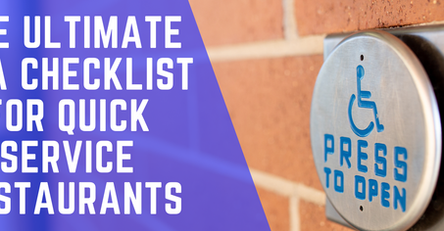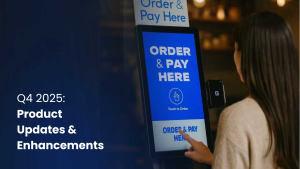How To Calculate Your Restaurant Payroll Percentage
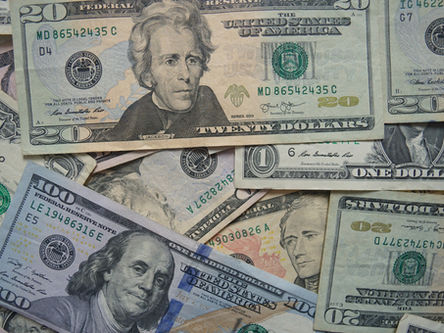
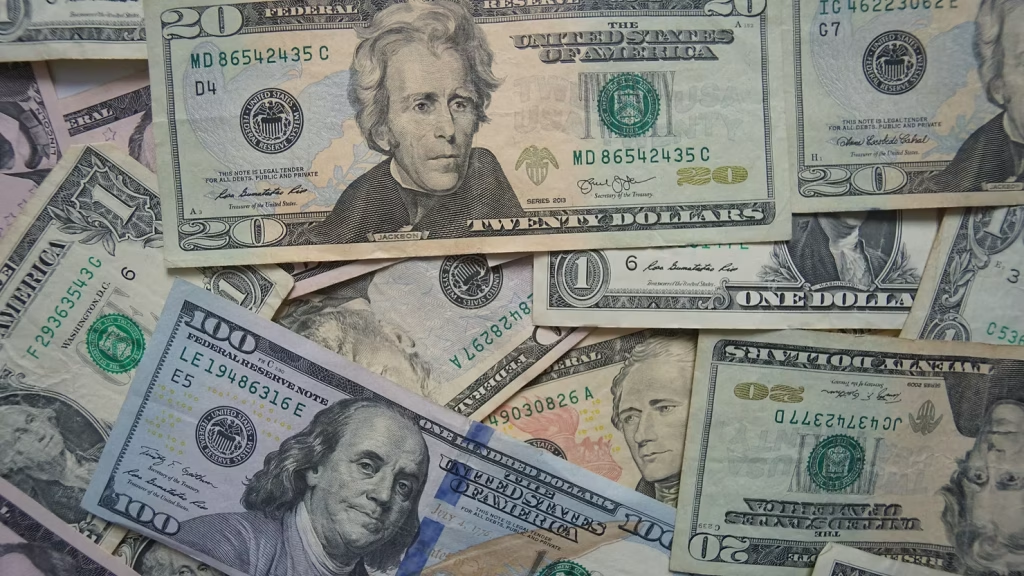
Though sometimes outpaced by the cost of goods, restaurant labor cost is typically the most significant expense in the restaurant industry. This makes labor cost percentage an important metric for restaurant owners to track as they go about trying to optimize their restaurant operations for maximum profitability.
We’ve crafted this piece to help you make more sense of your restaurant labor cost and the impact that it has on your bottom line. Let’s explore what restaurant payroll percentage is, how to calculate it, why it’s an important metric to track, and how INFI’s industry-leading POS system can help you lower labor costs.
What Is Restaurant Payroll Percentage?
Restaurant payroll percentage is simply a measure of how much a restaurant spends on payroll-related operating costs compared to its total revenue. Suppose a restaurant business has a payroll percentage of 30%, for example. This means that the restaurant spends 30 cents on payroll-related expenses for every dollar of gross revenue that it generates.
When you add your payroll costs to your food costs, you get a metric known as prime cost. Along with calculating your restaurant labor cost percentage, it’s a good idea to track your restaurant’s prime cost as well. This metric is one of the best indicators of restaurant profitability and can be used to ensure adequate profit margins on the items you sell.
What Makes Up Your Payroll Costs?
There are a number of individual expenses that make up a restaurant’s payroll costs, including expenses such as:
- Hourly wages: The wages paid to hourly restaurant employees are the first and most obvious expense that goes into calculating labor costs.
- Salaried wages: Many restaurateurs make the mistake of not including the wages paid to salaried employees when calculating payroll costs since it’s considered a fixed expense. Regardless, you should include salaried wages in your total payroll costs.
- Bonuses: Any bonuses you provide to your employees need to be factored into your payroll expenses. This includes tips and holiday bonuses (if your business offers them).
- Overtime: Hourly employees become even more costly when you are required to pay them overtime, so be sure to consider overtime rates when calculating how much you spend on your hourly employees.
- Payroll taxes: Payroll taxes are used to fund social security and Medicare and comprise 15.3% of an employee’s earnings. Employees are required to pay half of this amount themselves, while the employer is required to pay the other half. This means that payroll taxes add roughly an additional 7.6% to however much your restaurant spends on employee wages.
- Healthcare: The money spent on providing your staff health insurance and other related employee benefits is a key element of payroll costs that is sometimes overlooked.
- Sick and vacation days: If your restaurant offers paid sick days or paid vacation days, then you will need to add the wages paid to employees who are out sick or on vacation to your total payroll expenses.
Why It’s Important To Understand Restaurant Payroll Percentage
It’s easy enough to understand why a restaurant needs to keep track of its average labor costs, but comparing those costs to your total sales by calculating your restaurant’s payroll percentage can also offer beneficial insights.
A high labor cost is only a problem for a restaurant if revenue doesn’t offset it. For example, a large restaurant with dozens of servers, cooks, and bartenders on staff will have a much higher labor cost than a fast food restaurant with just a handful of employees. If the large restaurant generates enough sales, though, then its payroll percentage might actually be lower than the fast food restaurant’s.
Rather than just measuring how much you spend on payroll-related expenses, payroll percentage measures a restaurant’s profitability. Along with prime cost percentage (which you can calculate by comparing both food costs and labor costs to your total revenue), payroll percentage is one of the most important metrics to track as you look for ways to improve your restaurant’s bottom line.
Common Restaurant Payroll Percentages
When tracking your restaurant’s payroll percentage, it can be insightful to compare it to the payroll percentage of other restaurants. Average payroll percentages across the restaurant industry depend on the type of restaurant. Quick-service restaurants (QSRs) and fast-food establishments tend to have the lowest payroll percentages in the food service industry. In contrast, casual restaurants and fine-dining restaurants typically have the highest.
According to Chron, acceptable labor cost percentages in the restaurant industry can range from 25% to 40%.
Here are the average restaurant payroll percentages broken down by the type of restaurant according to a 2019 survey from BDO:
- Quick-service restaurants: Quick service restaurants are defined as restaurants where food is pre-prepared and delivered almost immediately, with no table service. Well-known examples include McDonald’s, Wendy’s, and Burger King. In 2019, research found restaurants in this category to have an average payroll percentage of 31.6%.
- Fast-casual restaurants: Fast-casual restaurants are similar to quick-service restaurants but prepare meals to order and deliver them to the customer’s table. Well-known examples include Panera Bread, Jimmy Johns, and Five Guys. In 2019, restaurants in this category were found to have an average payroll percentage of 28.8%.
- Casual restaurants: Casual restaurants are full-service restaurants that offer table service — similar to fine dining restaurants but with lower-priced menu items and a more casual atmosphere. Well-known examples include TGI Fridays, Buffalo Wild Wings, and Olive Garden. In 2019, restaurants in this category were found to have an average payroll percentage of 34%.
- Upscale casual: Otherwise known as fine-dining restaurants, upscale casual restaurants offer full table service and more expensive menu items in what is typically a more upscale atmosphere. Well-known examples include Ruth’s Chris Steak House, Fleming’s Prime Steakhouse & Wine Bar, and Burtons Grill. In 2019, restaurants in this category were found to have an average payroll percentage of 31%.
- Pizza: Often offering delivery services, the unique business model of pizza restaurants justify a separate category. Papa John’s, Pizza Hut, and Domino’s are well-known examples of pizza restaurants. In 2019, restaurants in this category were found to have an average payroll percentage of 30.1%.
- Grand average: Across all types of restaurants, BDO’s 2019 survey found the average restaurant payroll percentage to be 31.6%.
Comparing your own restaurant’s payroll percentage to the average of other restaurants in the same category as yours can help you determine whether yours is good, acceptable, or unsustainable. If your payroll percentage is significantly higher than the average, then exploring ways to lower your payroll expenses will likely be key to your business’s success.
How To Calculate Payroll Percentage
To calculate your payroll percentage, you will first need to add up all of your payroll-related expenses for a given period of time to calculate your total payroll cost. Once you have this number, divide it by your gross revenue and multiply by 100 to convert the number into a percentage.
Payroll Percentage = Total Payroll Costs / Gross Revenue x 100
Let’s take a look at an example of this formula in action: If a restaurant’s total payroll cost for the year is $750,000 and its gross revenue for the year is $2.5 million, then dividing $750,000 by $2.5 million and multiplying by 100 would yield a payroll percentage of 30%.
Payroll Percentage = ($750,000 / $2.5 million) x 100
Payroll Percentage = 30%
Using Self-Service Kiosks To Lower Labor Costs
A high payroll percentage can oftentimes spell doom for a restaurant. While lowering your payroll percentage by increasing your restaurant’s revenue is fantastic, keeping a low payroll percentage often means reducing labor costs.
When it comes to reducing labor costs, nothing is more effective than strategic automation. At INFI, we help restaurants keep their labor costs low while keeping their quality of service high with our industry-leading self-ordering kiosk solution. With an INFI self-ordering kiosk, customers can place orders online or in store without the assistance of an employee, reducing the number of hourly employees that your restaurant needs to operate.
Along with lowering your labor costs, INFI kiosks can also help lower a restaurant’s payroll percentage by increasing its revenue. With self-ordering kiosks, your restaurant will be able to process orders more efficiently and serve more customers. INFI kiosks also feature upselling features such as item recommendations that can enable you to increase your average order value, while INFI’s online ordering solution creates entirely new markets for your restaurant to explore.
Best of all, most customers actually prefer visiting restaurants that offer self-ordering options: According to a 2019 Tillster survey, 30% of customers would rather order from a self-service kiosk if self-serve and assisted checkout lines were equal in length.
Keep Your Payroll Percentage Low With INFI
It isn’t often that a business has the opportunity to cut costs while at the same time improving revenue and customer satisfaction, but this is exactly what INFI offers to restaurant owners. If you would like to learn more about how INFI can help your restaurant lower its payroll percentage, be sure to sign up for an INFI demo today!
About infikiosk
Related Posts
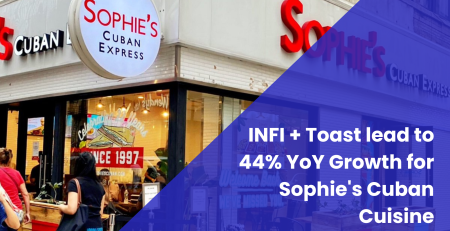
Case Study: Sophie’s Cuban Cuisine Drives Revenue Growth with Advanced Self-Order Kiosk Technology
Client: Sophie’s Cuban Cuisine Industry: Fast Casual Dining Locations: 11 Point of Sale: Toast Key Stakeholder: George J. Cestero, COO & IT/Digital Marketing Director...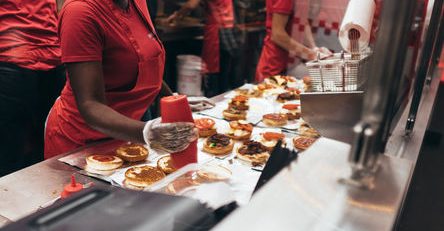
6 QSR Trends That Are Changing the Restaurant Industry
Today, QSR establishments continue to see ongoing changes in response to social and technological developments. We’ve compiled six of the...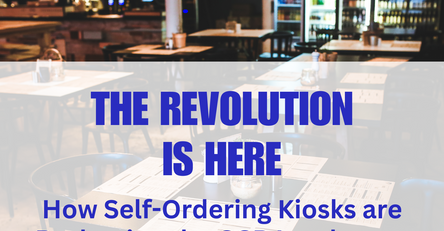
The Revolution is Here: How Self-Ordering Kiosks are Reshaping the QSR Landscape
One particular innovation has started to significantly reshape the QSR industry landscape—self-ordering kiosks.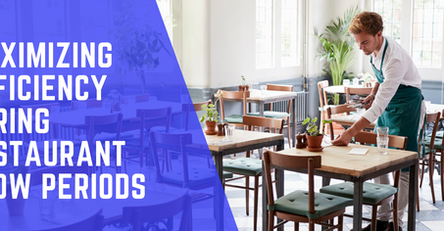
Maximizing Efficiency During Restaurant Slow Periods: A Digital Approach
This blog post explores how to navigate these slow periods effectively, focusing on digital investments and smart strategies to enhance...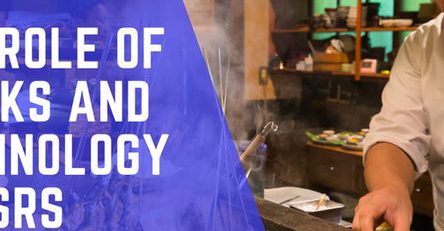
Navigating the Future of QSRs: The Role of Kiosks and Technology
We went through these articles and skimmed through the almost 500 comments to get some insight on how people are...
How to Open a Pizza Place: Step-by-Step Guide & Tips
If you’re considering starting a pizza place, follow this comprehensive guide to ensure your success.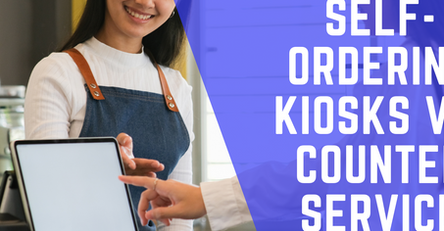
Comparing Self-Ordering Kiosks vs. Traditional Counter Service: Which Is Right for Your Restaurant?
This article delves into the pros and cons of self-ordering kiosks versus traditional counter service to help you determine which...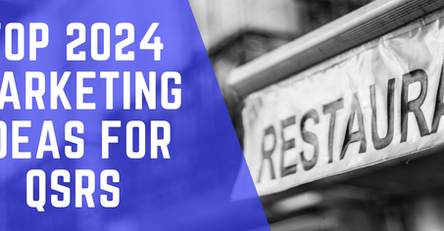
Top Marketing Ideas for Quick Service Restaurants (QSRs)
QSRs need to leverage creative approaches to boost brand visibility and drive sales. Here are some top marketing ideas...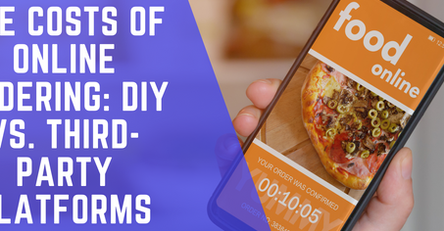
The True Costs of Online Ordering: DIY vs. Third-Party Platforms
As online ordering continues to reshape the restaurant industry, businesses face a crucial decision: build an in-house ordering system or...